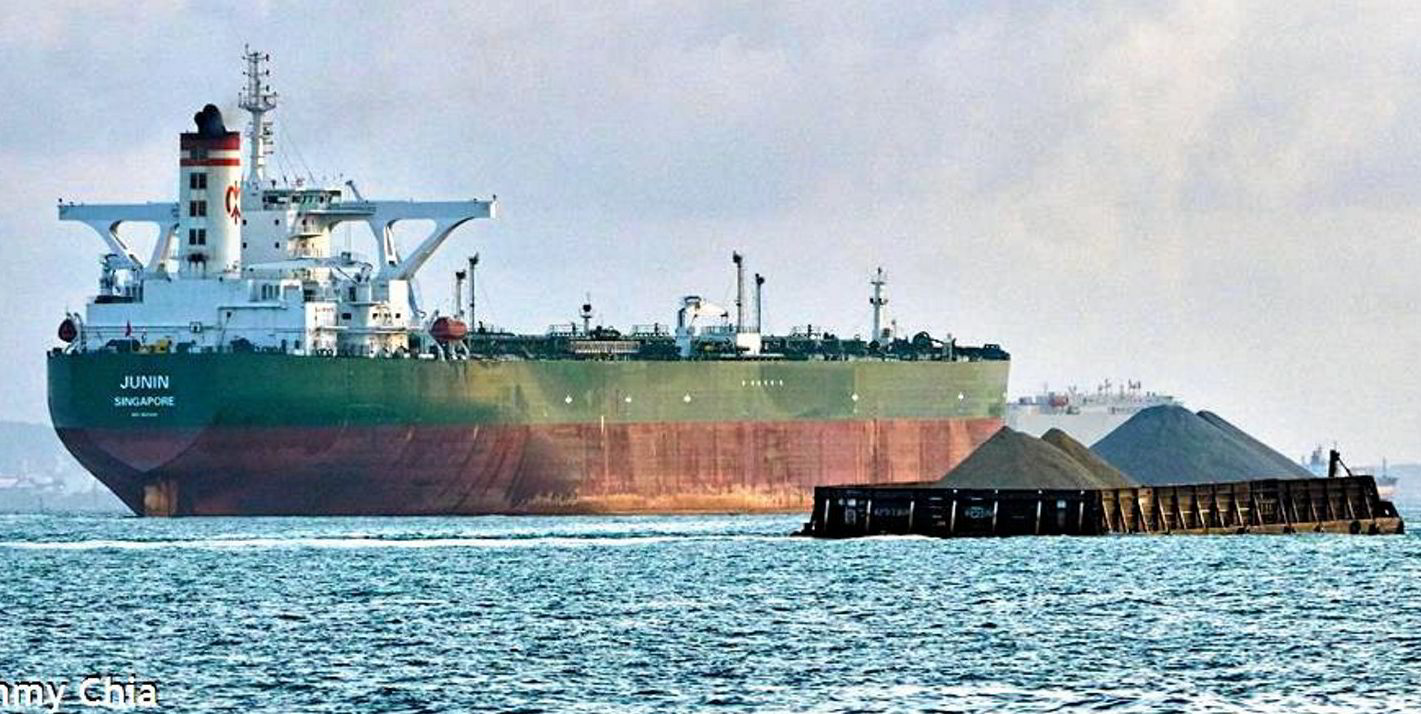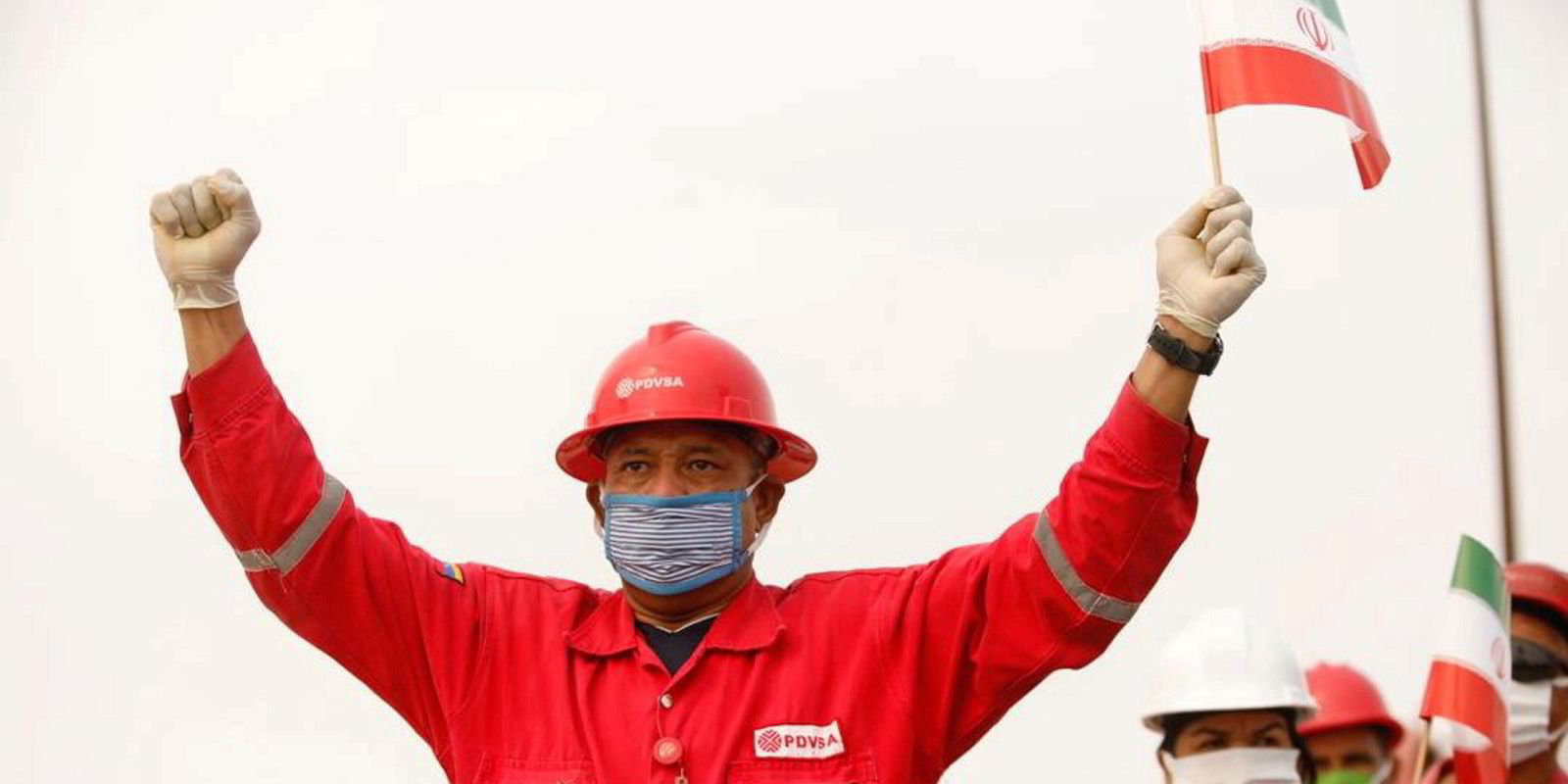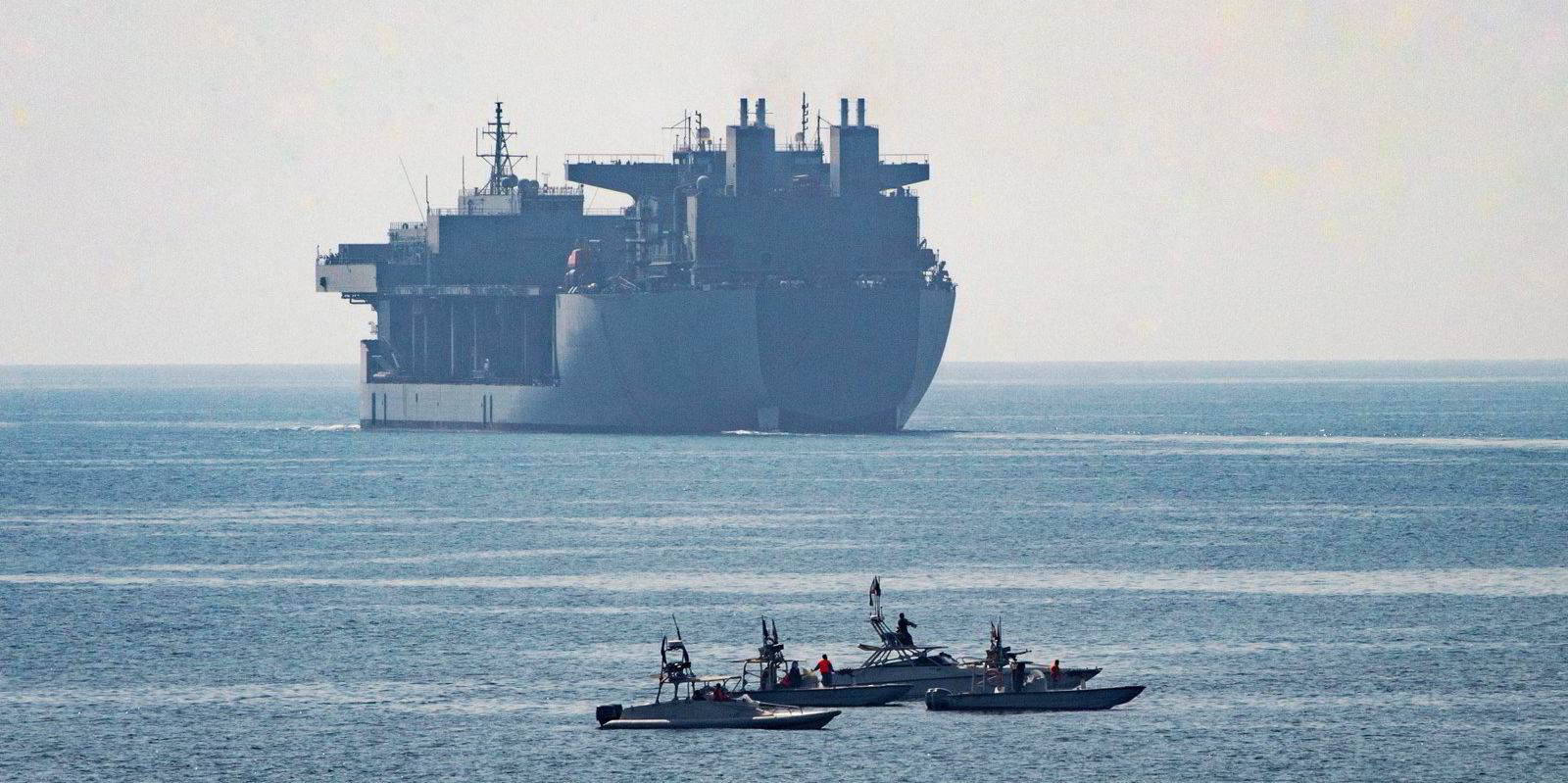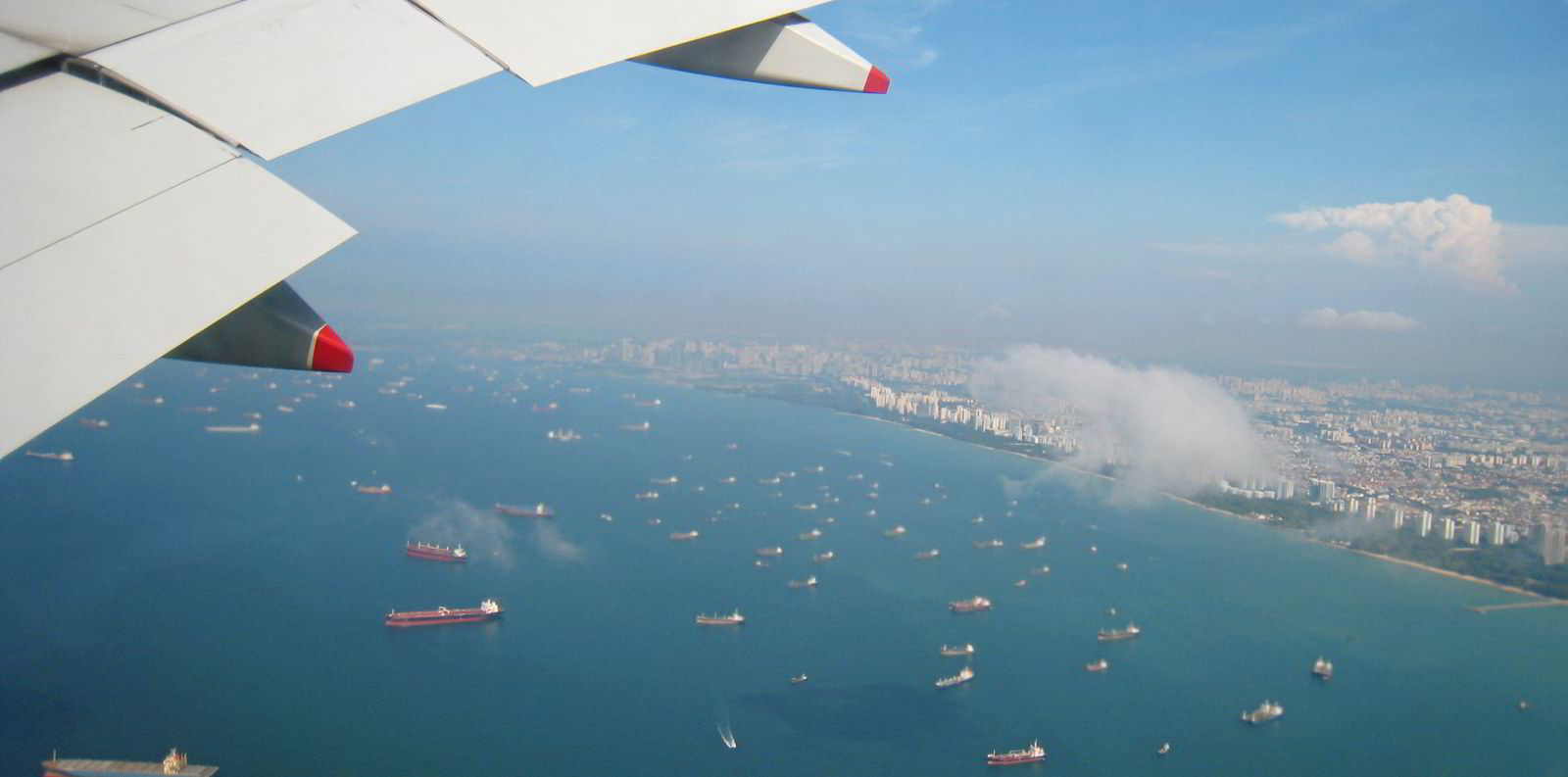What kind of tankers are now trading in Venezuela since the US imposed sanctions on vessels lifting crude oil from the country?
The answer: ships that have already been sanctioned, old tonnage operated by little-known names — and, in a new twist, vessels operating under false identities.
Cargo data from analytics company Kpler shows three VLCCs, five suezmaxes, eight aframaxes and one panamax lifted 16m barrels of Venezuelan crude between 1 November and 14 December.
This compares with six tanker liftings for 4.09m barrels in October.
Some of the ships that loaded from the Opec member in the six-week time frame were sanctioned by the US last year and have remained in the trade, such as the 73,700-dwt Sandino (built 2009) and 104,600-dwt Paramaconi (built 2011).
Two China-flag vessels — the 321,000-dwt Xing Ye (built 2014) and Thousand Sunny (built 2015) — also had liftings during voyages to Singapore.
China, the world’s largest crude importer, has publicly opposed the US sanctions on Venezuela, and is believed to be the top destination for Venezuelan crude via transshipments in South East Asian waters.
While those ships can be seen as usual candidates for Venezuelan trade, a cross-analysis by TradeWinds of cargo data and Equasis and VesselsValue ownership information found that Venezuela helped to disguise the identities of numerous other vessels.
It’s exactly similar to when [one] goes to a cemetery and picks a random name when in need of an identity
Vortexa analyst Arthur Richier:
Data experts warn that Venezuela is now mimicking the tactics adopted by Iran and North Korea, also under sanctions, to try to keep oil revenues flowing.
Since Washington briefly blacklisted several tankers managed by major Greek operators in mid-2020 for shipping Venezuelan oil, few owners have been willing to trade openly in the South American country.
But Venezuela was able to turn to some little-known operators that had acquired vintage vessels in recent quarters, according to the analysis.
Such ships include the 100,000-dwt Ot Helene (ex-Torm Helene, built 1997), the 109,200-dwt Spectrum (ex-Maersk Progress, built 2005), the 125,000-dwt Knut (ex-Elisabeth Knutsen, built 1997) and the 309,000-dwt Vlad (ex-Voyager 1, built 2003).
Three of their original owners told TradeWinds that they had done counterparty due diligence and that their sales contracts prohibit the ships from being engaged in sanctioned activities. There is no suggestion that their transactions breached US sanctions.
However, vessel sellers could face sanction risks if they “knew or had reason to know” that their ships would lift crude from Venezuela after being sold, lawyers Andrew Jacobson and Bruce Paulsen at Seward & Kissel said.

“Diligencing counterparties is an important element of any transaction, including those in the tanker sale industry, and performing know-your-counterparty checks and requesting sanctions-related representations, warranties and covenants should be considered,” they said.
In a recent conference call, Frontline Management interim chief executive Lars Barstad suggested secondhand prices of vintage tankers are higher than demolition prices because of a boost from shipping requirements for sanctioned oil.
“The disconnect is pronounced and likely explains the muted recycling activity. Selling for alternative use is currently the preferred option for the owners,” Barstad said.
But the analysis also found four vessels that were supposed to have been scrapped turned up to lift Venezuelan crude last month.
They were the 105,200-dwt Lion 1 (built 1997), the 148,000-dwt Vision (built 1996), the 153,300-dwt Fury (built 1998) and the 159,500-dwt Gener8 Horn (built 1999) — all recorded as demolished in 2017 and 2018.
Bloomberg data showed similar results. It reported that state oil company Petroleos de Venezuela SA (PDVSA) put the identities of such ships into port entries while other vessels were loading.Some data experts said that if PDVSA had used the identities of vessels still alive, the manoeuvre could have been quickly exposed, as the same ships would be shown as in different locations simultaneously.
“It’s exactly similar to when ... [one] goes to a cemetery and picks a random name” when in need of an identity, Vortexa senior freight analyst Arthur Richier said.
A risk manager, who declined to be named, said shipowners should choose reputable flag states and have better maritime domain awareness to prevent their identities from being stolen.
“Identity theft is becoming a large issue, especially with more experienced sanctioned regimes,” he said, “such actions are being developed as we speak.”








